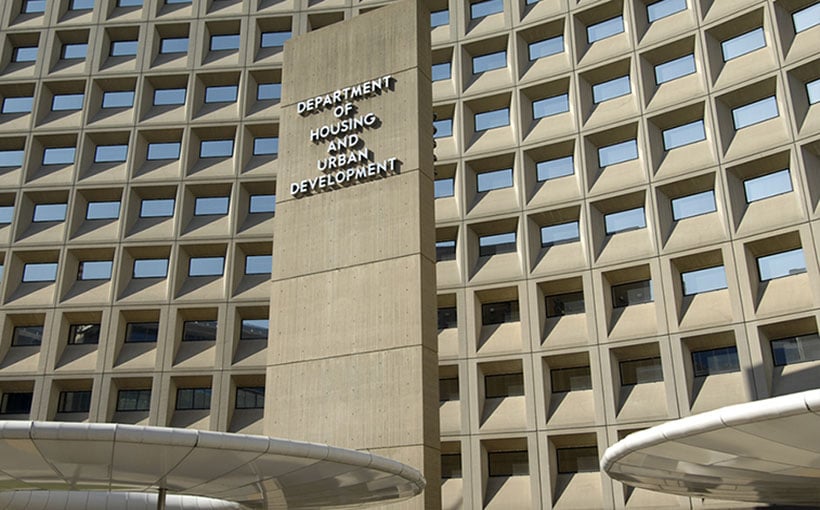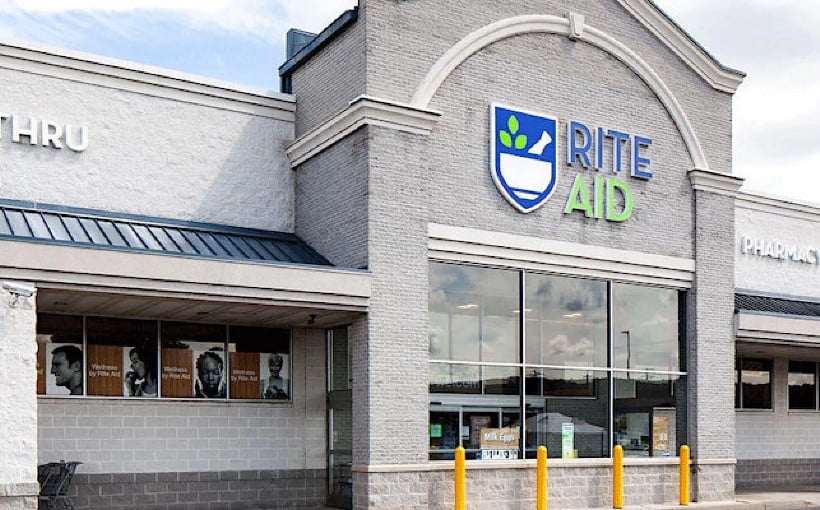HUD/FHA Financing: A Viable Option for Commercial Real Estate Borrowers Amidst Lending Pullback
In the current market, many lending groups have scaled back their commercial real estate lending activity. As a result, borrowers are turning to HUD/FHA financing as an attractive option – not just because it may be the only available option, but also due to its numerous benefits. Connect CRE recently spoke with David Strange, senior managing director at Walker & Dunlop about what he’s seeing and what borrowers can expect from FHA programs.
Q: Can you discuss some of the options that are available to borrowers through FHA programs?
A: The primary asset classes for FHA lending are multifamily and senior housing (including assisted living facilities). Within these platforms, there are various options such as construction loans, acquisition loans, refinancing options and rate modifications.
Q: Have you been recommending these different vehicles more frequently lately?
A: Yes. Historically speaking,
HUD has been a countercyclical program – meaning it provides capital when other lenders pull back or exit the market. Currently we’re seeing a lot of new construction deals being financed through HUD’s 221(d)(4) program by clients who would typically consider traditional bank financing or other debt sources like life companies or debt funds. However in today’s market banks have pulled back significantly while life companies offer lower leverage at higher rates making them less competitive than HUD’s offerings.
Q:
Apart from being available during times when other lenders may be pulling back on financing opportunities,
what additional advantages do borrowers see with HUD funding?
A:
One major advantage is that this is a long-term fixed-rate product which offers non-recourse loans that can be fully assumed by future buyers.
For refinancing purposes there is up to 35-year amortization period whereas construction-perm loan offers interest-only payments during initial phase followed by 40-year amortized term where rate remains locked throughout entire term. Borrowers also have the option to reduce their interest rate through HUD’s Interest Rate Reduction (IRR) program, which has been utilized by a majority of existing HUD borrowers from 2019-2021.
Q: Are there any challenges that borrowers may face when trying to qualify for this type of financing?
A: Timing is always a challenge with FHA loans. The process can take up to six months for refinancing and up to 12 months for construction-perm loans, depending on the status of plans and other factors.
During the period between ’19-’21 when interest rates were historically low resulting in high demand from existing clients looking refinance or modify their notes along with new construction deals being processed simultaneously caused significant backlog at some offices leading developers opting out in favor of conventional debt sources.
However currently we are seeing normal processing times without any backlogs.
Q:
Let’s talk about FHA’s D4 program – how does it work and why is now an ideal time for borrowers to consider launching a project through this program?
A:
HUD’s programs are primarily driven by market demand so if there is need then they will entertain proposals. In addition,
the application process involves three steps where risk decreases as cost increases until final approval stage where our team mitigates over 95% risk prior transactional costs incurred by borrower.
The first step includes Pre-Application submission which entails market study report, appraisal report along environmental site assessment reports plus mortgagor credit review & half application fee payment followed within two month either invitation letter or rejection notice issued
Secondly Firm Application submission requires full plans/specs/costs updated appraisal/market study/architectural/engineering cost reviews/energy design intent statement submitted within another couple month after which firm commitment (loan) issued allowing us lock-in rate before closing approximately forty-five days later enabling client commence construction immediately thereafter
Q:
So timing isn’t proving much hindrance today as developers are anticipating construction costs and interest rates to stabilize over the next 12 months.
The post Walker & Dunlop’s David Strange Talks FHA Financing for Multifamily appeared first on Connect CRE.




